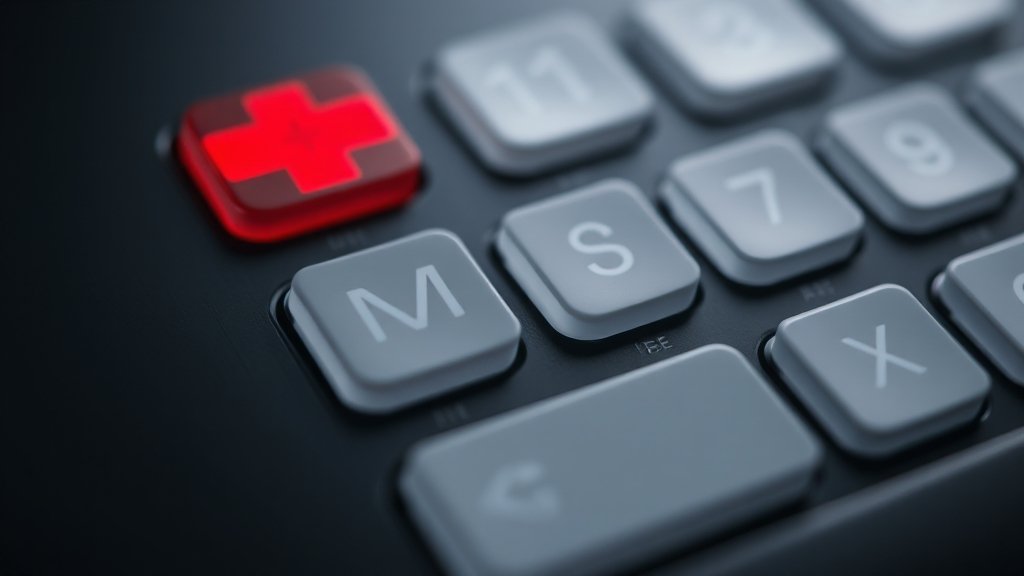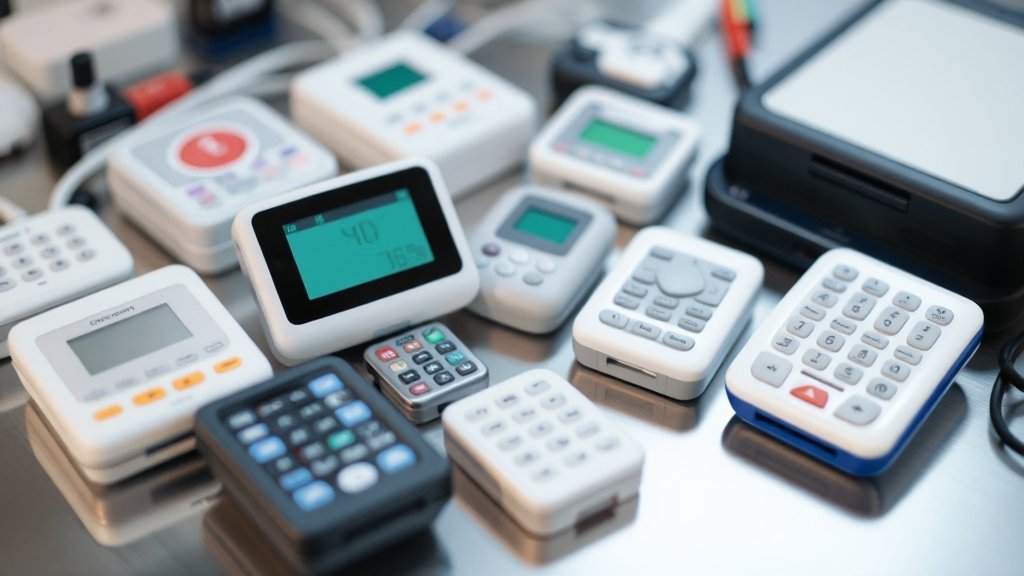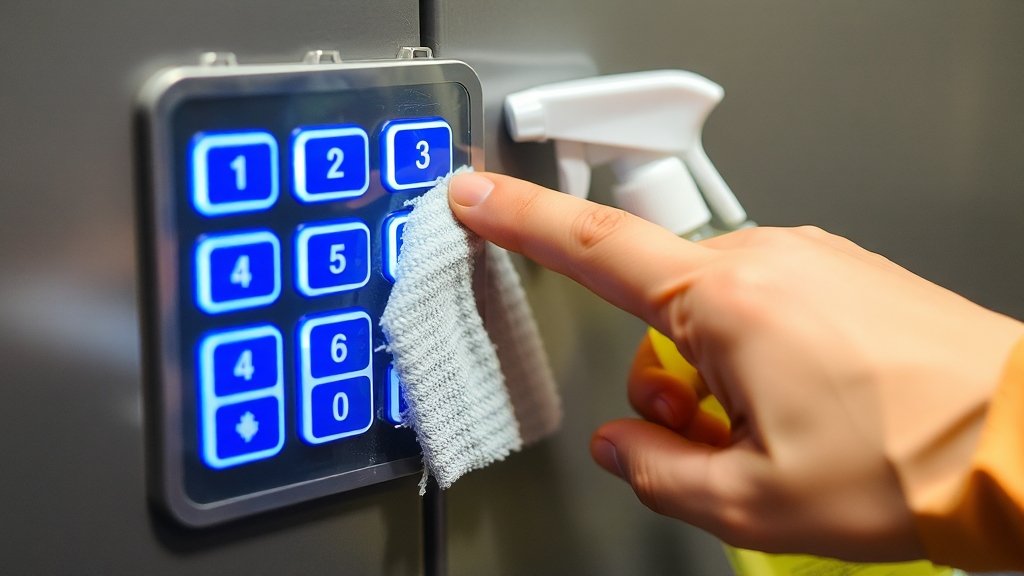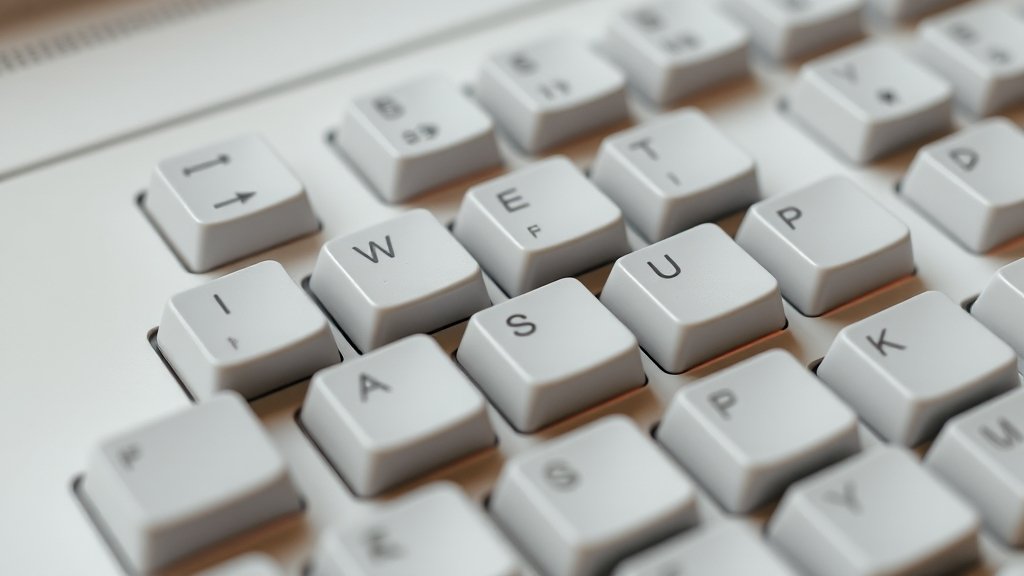Medical devices demand reliability, hygiene, and precision. The wrong input component can cause failure in critical moments.
Silicone keypads are used in medical devices due to their durability, biocompatibility, and ability to be sterilized, making them ideal for patient-facing and diagnostic equipment.
I’ve collaborated with medical product teams on projects ranging from monitors to surgical tools. Here’s how and why silicone keypads fit so well in this space.
What Makes Silicone Keypads Ideal for Medical Use?
Medical environments are unforgiving. Components must withstand stress, cleaning, and constant use.
Silicone keypads are ideal for medical devices because they are non-toxic, resistant to sterilization methods, and offer a sealed surface that blocks contaminants.

The material is naturally biocompatible and inert, meaning it doesn’t react with human skin or medical chemicals. It also resists microbial growth, which is critical in infection-sensitive areas.
Key advantages:
- Sealed Design: Prevents fluids and pathogens from entering devices
- Chemical Resistance: Withstands alcohol, peroxide, and other cleaners
- Durability: Performs well under repeated presses and glove use
- Visual Clarity: Laser-etched keys remain readable after sterilization
These properties make them safer, longer-lasting, and easier to clean than plastic or membrane alternatives.
Which Medical Devices Commonly Use Silicone Keypads?
They’re everywhere once you know where to look.
Silicone keypads are used in medical monitors, diagnostic devices, infusion pumps, handheld scanners, and sterilization units.

Here’s a closer look at application areas:
| Device Type | Reason for Use |
|---|---|
| Patient Monitors | Tactile input with sealed buttons |
| Infusion Pumps | Safe for direct contact and easy cleaning |
| Diagnostic Machines | Clear legends and chemical resistance |
| Ultrasound Devices | Durable for portable use |
| Autoclaves | Surfaces withstand high heat and chemicals |
In one project, we designed a keypad for a portable ECG monitor. The key surface had to work under surgical gloves and be sanitized daily. We chose platinum-cured silicone with laser-etched legends and a matte PU coating. It passed all tests.
How Do Silicone Keypads Support Hygiene and Infection Control?
Cleanliness is a requirement, not a feature.
Silicone keypads help maintain hygiene in medical devices through smooth, sealed surfaces that resist microbial buildup and tolerate frequent disinfection.

Unlike mechanical keys with gaps, silicone keypads form a single molded layer. This leaves no space for bacteria or fluids to hide. Many are IP65 to IP67 rated, meaning they block dust and water ingress completely.
Features for hygiene:
- Seamless surface that’s easy to wipe down
- Non-porous material that resists absorption
- Compatibility with autoclave and chemical cleaning
In high-contact areas like emergency rooms, touchpoints must be sterile. That’s where silicone truly excels.
What Are the Design Considerations for Medical Keypads?
Medical design isn’t just about function—it’s about users under pressure.
Designing silicone keypads for medical use involves balancing tactile feedback, visibility, sterilization resistance, and compliance with safety regulations.

Here’s my checklist for medical keypad design:
- Tactile Feedback: Should be strong enough to confirm activation through gloves
- Key Labeling: Use laser etching or molded legends to avoid wear
- Material: Use platinum-cured, FDA-grade silicone
- Coating: Add PU spray for abrasion resistance
- Color Coding: Use UV-stable pigments for clarity
Also consider the layout—emergency functions should be larger or placed centrally. Backlighting may be useful in low-light clinical settings.
What Regulations Must Medical Keypads Meet?
You can’t enter the market without ticking these boxes.
Medical silicone keypads must meet FDA regulations, ISO 10993 biocompatibility standards, and often IEC 60601 requirements for electrical safety.
Common standards:
- FDA 21 CFR 177.2600: Safe silicone for repeated contact
- ISO 10993: Biocompatibility and skin sensitivity
- RoHS & REACH: Environmental and chemical safety
Suppliers should provide:
- Certificate of Compliance (CoC)
- Material Safety Data Sheets (MSDS)
- Third-party lab test reports
If your keypad isn’t certified, your device can’t be cleared by the FDA or equivalent global bodies.
Why Silicone Keypads Outperform Alternatives?
In medical use, performance is survival.
Silicone keypads outperform membrane switches and plastic keys in durability, hygiene, and reliability, making them the standard choice for critical medical equipment.
Comparison:
| Feature | Silicone Keypads | Membrane Switches | Plastic Buttons |
|---|---|---|---|
| Washable Surface | Yes | Limited | No |
| Sterilizable | Yes | Partially | No |
| Tactile Feedback | High | Low | Medium |
| Seal Integrity | Excellent | Good | Poor |
| FDA Compliant | Yes | Rarely | Rarely |
In my experience, switching to silicone keypads has always reduced maintenance issues and extended the product’s lifecycle.
Conclusion
Silicone keypads provide the durability, safety, and hygiene that medical devices demand. They’re not just suitable—they’re essential in healthcare design.